AAA can help you get custom insurance for your classic, vintage or antique car
A classic car can be a source of great pride. Whether you intend to take it to car shows or restore it in your garage, you want to make sure it is protected at home and on the road. But standard car insurance typically won’t cut it. You likely need classic car insurance.
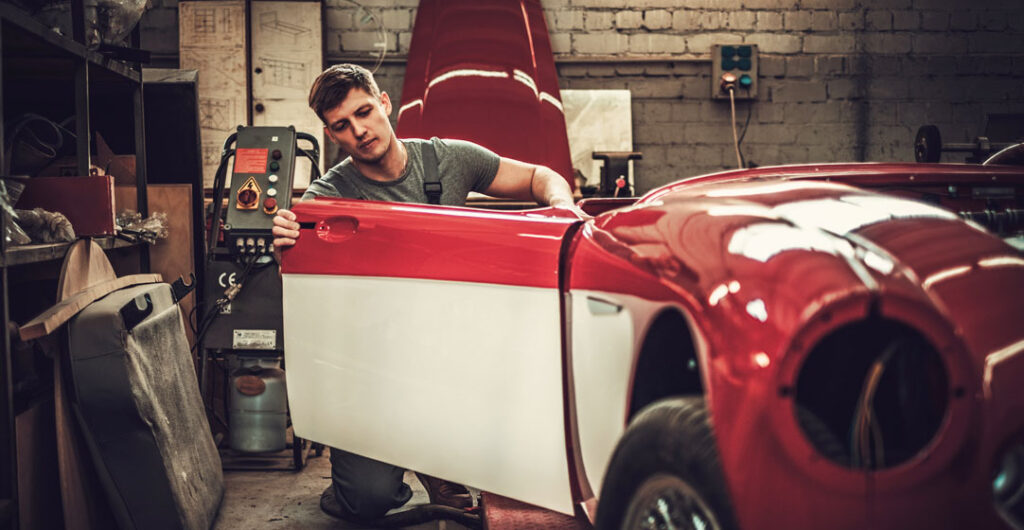
Classic cars require insurance policies all their own, and it’s important to understand how classic car insurance—also called collector car insurance—differs from traditional car insurance to ensure you’re adequately covered.
Classic, vintage or antique?
The terms classic, vintage and antique vehicles are used interchangeably, but there are differences. The Classic Car Club of America strictly defines “a classic” as specific vehicle types produced between 1915 and 1948; however, the term “classic” is also loosely applied to many cars and trucks built within the past 20 to 40 years.
Meanwhile, the term “vintage” typically refers to a vehicle manufactured between 1919 and 1925 (or 1930).
“Antique” cars must be more than 45 years old and kept up to the original manufacturer specifications. Note that most states issue a special license plate designating a vehicle as an “antique.”
While classic, vintage and antique cars may differ as categories, they all tend to require customized insurance.
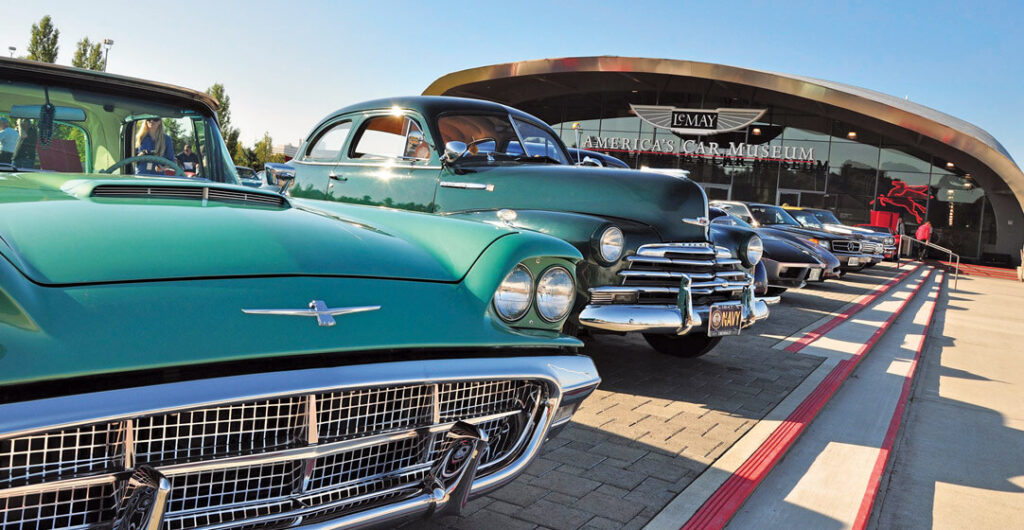
What is customized car insurance?
Customized insurance policies for classic, vintage and antique cars are written for a wide range of cars and trucks that are difficult (or impossible) to insure with a standard auto policy. These would include an antique Model T, a vintage Chevy or muscle cars from the 1960s and 70s. It can also include newer cars that are modified and customized by the owners, like street rods, exotic cars and trucks, kit cars and replicas with tricked-out additions.
How is it different?
Insurance for classic, vintage and antique cars differ from regular auto insurance in three major ways:
- The vehicle must be intended for pleasure-use only; it can’t be used as a primary vehicle. For example, you can’t commute in it.
- The vehicle has an agreed upon replacement value, such as $25,000, that doesn’t go down over time.
- All policies are customized; no policy is exactly alike.
Tip: AAA Washington agents can help you get car classic insurance through Hagerty and American Modern, which both specialize in insuring hard-to-fit car and truck types. These companies write custom policies for all types of collectible vehicles. Call AAA Washington to find a policy that is right for you.
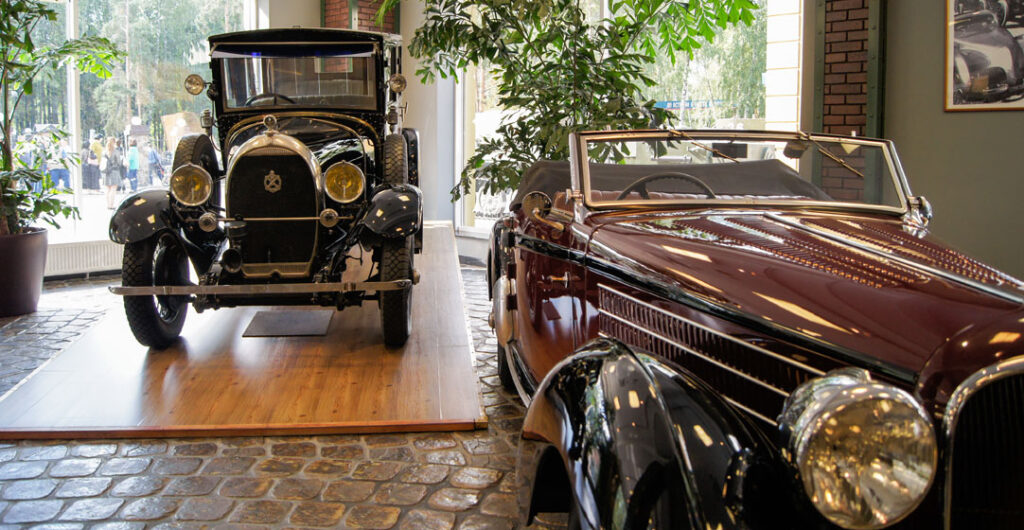
When should I get custom car insurance?
Some classic, vintage and antique cars fall into a grey area. Lots of people, for example, own beautifully restored muscle cars from the 70s. However, the owners drive the cars regularly, or use them as their primary vehicle to get around. These owners would likely have to insure these with a standard auto policy.
Generally speaking, customized insurance is a better fit for classic, vintage and antique cars that are used as hobby cars or for pleasure-use only. Standard insurance has a hard time capturing the value of the car. Antique, vintage and classic cars, for example, tend to go up in value, yet standard auto policies assume that the value of a car will drop. So, without customized insurance, vintage and classic vehicles will likely be underinsured for damage.
You are a good candidate for classic car insurance if you check these boxes:
- Your vehicle was purchased for a hobby or as an investment;
- You rarely drive the car; you mostly take it to car shows, meet-ups or out for a weekend drive;
- It is stored mostly in an enclosed garage;
- The car’s value is stable or going up over time;
- The car requires custom-manufactured or hard-to-find parts.
Tip: Do you own a modified car or custom sports car? You may need specialized insurance. Click here to learn about modified car insurance for customized sports cars, tricked-out muscle cars, modified luxury cars and more.
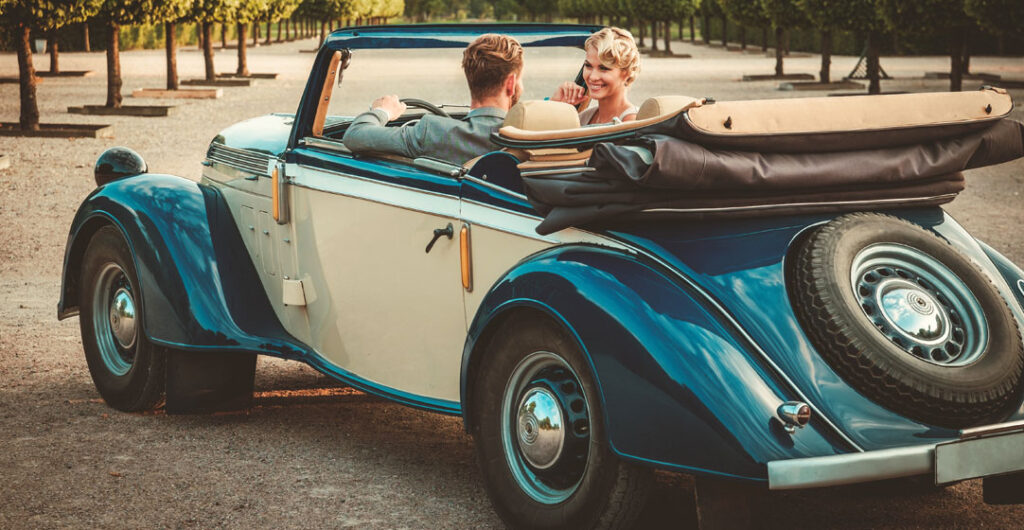
What does classic car insurance cover?
A policy that covers a classic, vintage or antique vehicle offers the same major coverage categories as a regular auto policy. (Note that in Washington and Idaho, you need to keep a minimum level of liability insurance on any vehicle before you can drive it legally.)
The major types of auto insurance include:
- Liability insurance will cover you in case you injure another person or their property and are found to be at fault for the injuries or damage;
- Collision insurance will cover the damage to your vehicle in case you are in an accident with another vehicle, experience a rollover or hit a fixed object, like a guardrail;
- Comprehensive coverage will cover damage that is out of your control, such as a collision with wildlife, storm damage, theft and vandalism.
5 Things that are different about customized car insurance
1. You always keep damage protection
Unlike regular cars and trucks that start losing their value almost immediately, classic, vintage and antique cars tend to hold their value, and can increase in value as time passes.
So, you will always keep insurance to cover any damage to the vehicle. By contrast, owners of new cars and trucks usually drop the damage coverage on standard auto policies after a certain number of years. Typically, you would drop the damage coverage after five years or 100,000 miles, or when the car’s value has dropped to a point where it makes little sense to carry the extra insurance.
2. You get an agreed upon value
Classic car insurance policies also work differently in how they treat the replacement value of the car. When the policy is written, the owner and the insurance company will assign “an agreed value” to the vehicle. Normally, the owner has a lot of flexibility in calculating the car’s worth. Once the value is accepted by the insurer, it will pay that amount if the car is totaled. So, if the car is insured for $20,000 and it is a total loss, the owner will receive a check for $20,000 to replace the car.
By contrast, standard auto policies usually pay what is known as “actual cash value,” which accounts for the car’s depreciation—its estimated value on the day it’s totaled. A new car begins losing value once it leaves the sales lot. If a car is totaled after five years, the insurer will pay far less than the vehicle’s original purchase price.
3. No two policies are the same
No two classic, vintage or antique vehicles are exactly the same. Each is unique and has its own value. So, the policy has to be much more flexible than a typical auto policy. It is written specifically for the features of the modified or custom car.
4. You can adjust the damage coverage
You can change the insured value of the car after it has undergone restoration or modification. For example, when you are restoring the vehicle and it is still not road worthy, the agreed value could be $10,000, then increased to $30,000 when the restoration is complete.
5. Insurance can be more affordable
Classic car insurance often costs less than a regular auto policy that includes collision and comprehensive insurance. That’s because the modified car is only intended for occasional use. The premiums will depend on the value of the car and the liability limits, however.
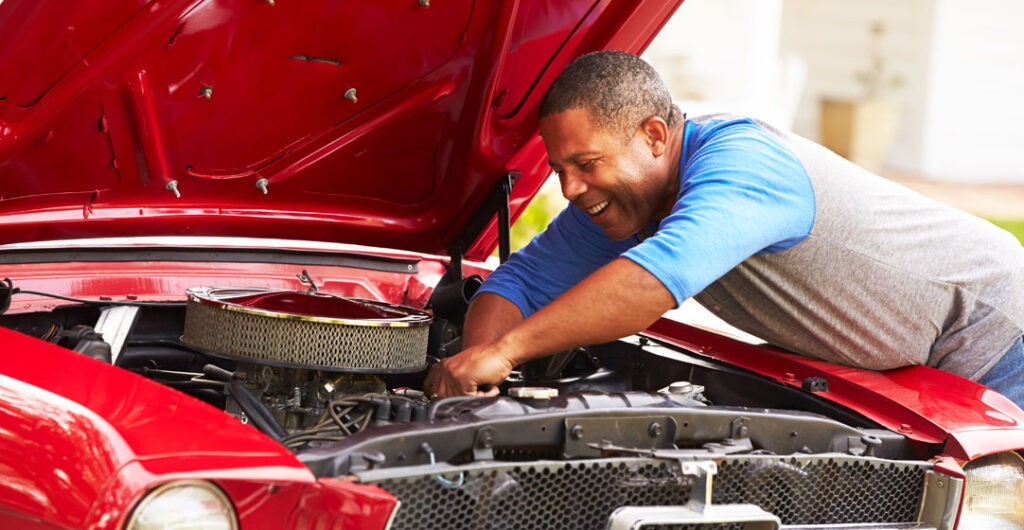
Other useful insurance
You can also often add other useful insurance to your policy, including:
- Coverage to keep a totaled car. If your classic car is a total loss, typically you will have to surrender the car to a salvage yard. If you want to keep a damaged vehicle, you must pay the salvage value. For example, you might have to pay $2,000 to keep the wrecked vehicle, which would be taken out of the payment you receive from the insurance company to replace it. However, you can sometimes add-on insurance that will allow you to keep the salvaged vehicle at no cost.
- Coverage for tools. You can insure your tools for modifying or restoring a car.
- Add additional coverage for spare parts. As vintage car hobbyists and home mechanics know, it is a good idea to keep some additional parts around the garage. After all, nobody is making original parts for 50-year-old cars. While some policies automatically provide a small amount of coverage for stored spare parts (around $750), it is often possible to increase this coverage.
Are there special conditions for applying for classic car insurance?
Yes, there can be. To write a policy, the insurer will ask questions about the car and the household. They typically will want to know:
- The ages of all the people who would be authorized to drive the car. Most insurance companies impose age restrictions on who can drive the vehicle.
- The driving records of the insured individuals. Normally, you must have a clean driving record with no major violations for three years.
- To ensure that the collectible vehicle is not going be used as a primary vehicle, some insurers require that all members of the household have their own vehicles. So, to add a policy for a custom, vintage or antique car in a household with two licensed drivers, you would have to have two other primary vehicles.
- The storage location. Most insurers prefer that the car is stored in a covered garage or storage facility but, in some cases, carports with a roof are Ok.
Specialized, classic car insurance is a great option for anyone who owns a classic, vintage or antique car that’s hard to fit into a standard auto policy. If you are not quite sure what you need for your ride, call a AAA Washington agent today.
– Written by AAA Washington staff
– Top image: Courtesy of Port Townsend Kiwanis Classic Car Show

